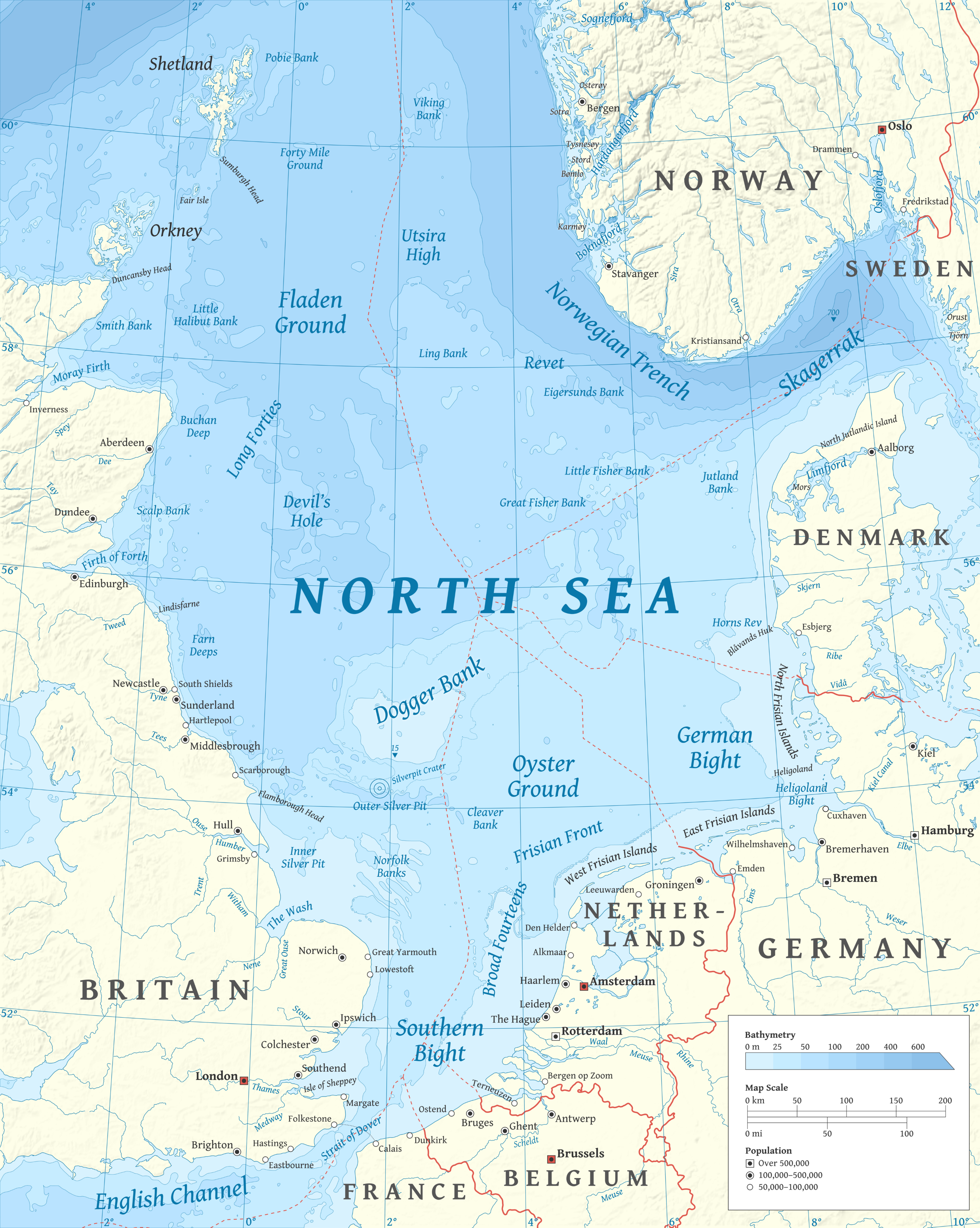A group of annalistic texts begun in the 9th century
and, in one case, extending until the 12th.
It includes a variety of events: birth of Christ;
natural and supernatural phenomena; royal births, coronations, deaths, and
burials; consecrations; invasions; laws; property endowments; international and
inter-family drama; the building (and burning) of towns.
A: the earliest surviving manuscript of the
Chronicle; end date 1001; significant interest in Winchester
B: irregular annal numbers; end date 977; updated
regnal list from A
C: “chronicle of chronicles” because of its sources;
ends in the middle of 1066
D: integrates/conflates sources incorporated by C as
one chunk; ends 1079; northern interest
E: longest chronicle version; end date 1154; begins
in Old English and ends in Middle English
F: Bilingual
G: Copy of A
WHY MAP THE ANGLO-SAXON CHRONICLE?
In content alone, the Chronicle is an
important part of early English history and literature (listory? histerature?) And
unlike its contemporary chronicles on the European continent, it is uniquely
vernacular. Some versions contain important regnal lists; some include poetry;
they all tell a different story of England, documenting in varied narratives of
the arrival of Brutus, Angles, Saxons, Vikings, Normans, missionaries, and
bishops. Version D has the longest treatment of a woman in it, describing (and
perhaps defending?) Margaret of Scotland’s marriage. The same version (D)
actually ends mid-word in the annal entry for 1079; version C ends halfway
through the entry for 1066—on the Stamford Bridge—and before the Battle of
Hastings.
Although annals seem to be primarily focused on time, these are actually just as
preoccupied by space. Indeed,
location is so important to these texts that until recently, most were referred
to as the chronicle of a place name: Winchester Chronicle, Abingdon Chronicle,
Worcester Chronicle, and Peterborough Chronicle. But these names didn’t only show the
onomastic interest of the chronicles’ contents; they more accurately reflect
the scholarly effort to trace their transmission
history—multi-layered narrative.
TEACHING WITH THE CHRONICLE MAP



PROBLEMS WITH MAPPING?
There are plenty of issues surrounding the cartography of complex texts. Here are some that I dealt with in Google Earth:
1) The map of Anglo-Saxon "England" changes over the course of these texts:
2) The transmission histories are complicated, at best:
3) There are practical issues of data selection and entry when not all annals have traceable place-names:
So,
But Google Maps Engine has just come out, and that's allowed me to sort and change displays.
BEHOLD, THE ANGLO-SAXON CHRONICLE MAP 2.0!
It sorts data by date and label by event (or vice versa):
It layers multiple versions (10th century A and E shown here, labels hidden):
It allows me to build a database within the mapping program itself:
Still, there are some kinks to work out before I move forward. Consider, for example, what happens when I try to map regions like Wessex and Mercia:
It's not a pretty sight! Nevertheless, I've gotten great help from the UNC librarians and fellow SHARPists. More on both very, very soon.
Til then,
Map on!




















